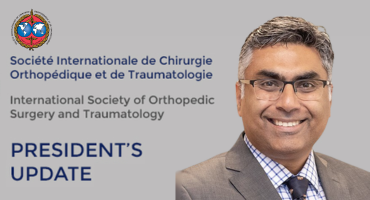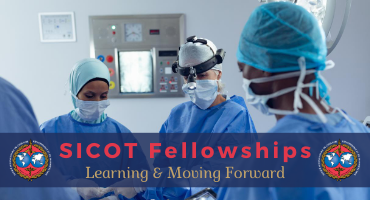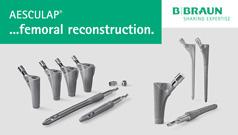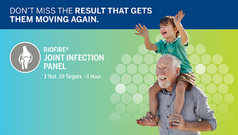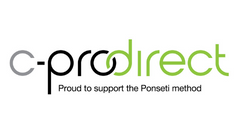Clinical outcomes of total hip arthroplasty in patients with multiple epiphyseal dysplasia: a single centre study of eighty eight hips at a mean of sixteen year follow-up
Int Orthop. 2025 Sep 3. doi: 10.1007/s00264-025-06649-3. Online ahead of print.
ABSTRACT
BACKGROUND: Multiple epiphyseal dysplasia (MED) is an inherited condition characterized by delayed and irregular ossification of the epiphyses that can lead to premature osteoarthritis. This study aimed to report the long-term outcomes of total hip arthroplasty (THA) in patients with MED.
METHODS: We reviewed THAs performed in MED patients at a single institution between April 1997 and May 2014. Of the 57 identified patients (103 hips), 48 (88 hips) who satisfied a minimum follow-up of tenyears were included. The Harris Hip Score was used for clinical evaluation. Hip radiographs were analyzed to evaluate changes in limb length, femoral offset, and implant stability. The mean age was 50 years and the mean follow-up duration was 16 years.
RESULTS: The mean Harris Hip Score improved from 43 preoperatively to 91 at the final evaluation (P < 0.001). Limb length and femoral offset increased after surgery by a mean of 16.1 (P < 0.001) and 7.3 mm (P < 0.001), respectively. Seven (8.0%) intraoperative periprosthetic femoral fractures were identified, but no postoperative fractures were identified. Overall, three revision surgeries were performed; two for osteolysis and one for periprosthetic joint infection. No dislocations or major neurovascular injury were observed. Implant survivorship free of any revision was 95.9% at 16 years.
CONCLUSION: THA performed in patients with MED demonstrated excellent clinical outcomes with high implant survivorship at a mean follow-up of 16 years. Our findings suggest that THA is an effective and durable option for treating osteoarthritis secondary to MED.
PMID:40897794 | DOI:10.1007/s00264-025-06649-3







